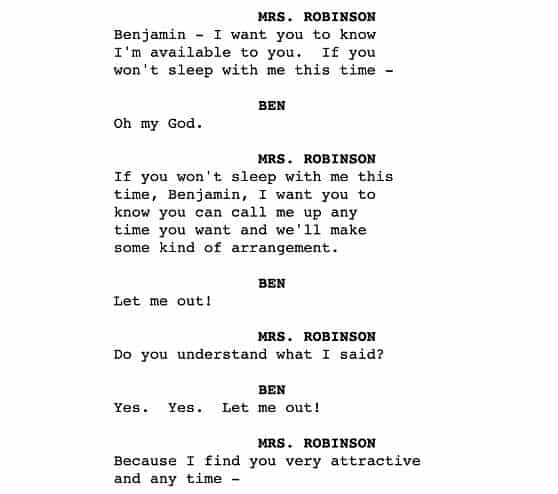

An account of a person who robs a bank can become an examination of greed, loyalty, or the failure of the American Dream. Structure helps writers draw connections between ‘things that happen’ and ‘things that matter.’ A tale about two vastly different people falling in love can also be about the value of compromise. In other words, structuring the plot well creates a satisfying narrative experience that accomplishes the author’s aims. Tightly controlled narrative structure results in all the reader’s questions being answered, provides a climax followed by resolution and information at the end of the story, furthers the characters’ development, and unravels any central conflicts. A story’s structure directly affects the way the plot unfolds and how its driving forces (characters, obstacles, setting, etc.) are introduced to the reader. Story structure, also known as narrative structure, is the order in which events are organized into a beginning, middle, and ending in a novel. This post will reveal seven distinct story structures that any writer can use to build a compelling narrative. While using a pre-existing blueprint might make you worry about ending up with a formulaic, predictable story, you can probably analyze most of your favorite books using various narrative structures that writers have been using for decades (if not centuries)!

Nothing makes the challenging task of writing a novel feel more attainable than adopting a story structure to help you plot your narrative.


 0 kommentar(er)
0 kommentar(er)
